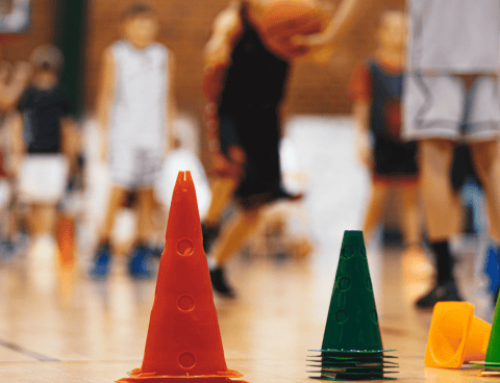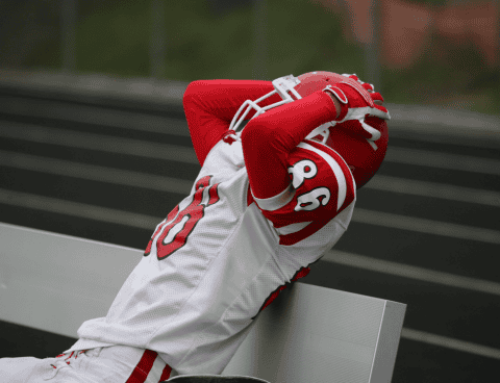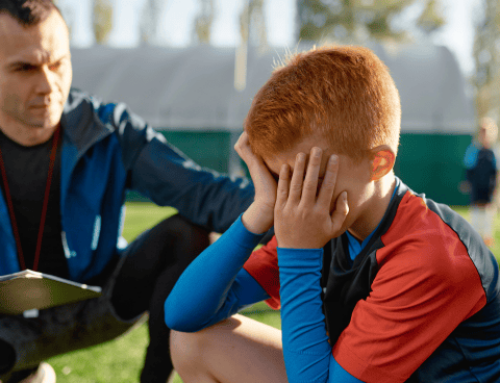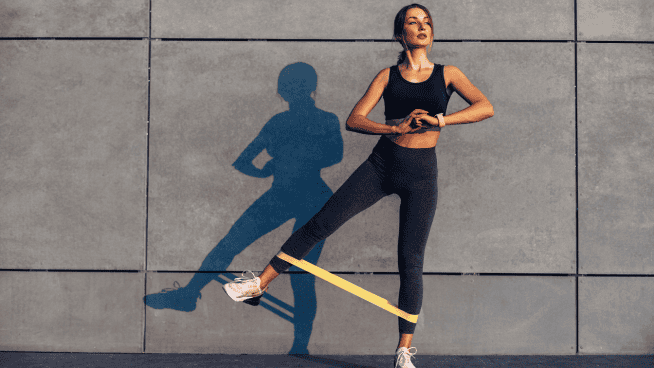Tatiana Ivanova From Injury to Bronze
In November 2021, Tatiana Ivanova left the Sochi World Cup in a wheelchair. She suffered from a fractured bone and ligaments in her leg in the Luge competition. Now, less than three months later, this Wonder Woman took home a Bronze medal.
When she saw the final result with her name in third position, Tatiana bursted out with tears of joy and emotion on Tuesday. She finished with a time of 3 minutes and 54 seconds. The German Luger, Natalie Geisenberger won the gold only by one second at 3 minutes and 53 seconds.
Tatiana said it was very difficult and challenging to get back into competition and training after her accident. She said:
“The closer this moment got, the more I began to worry. First, second, third… and then it was my turn. I was trembling when I took the first step and was already at the bottom. The first descent after the injury seemed too fast although the ice wasn’t. So many emotions I felt at this moment! Adrenaline after the descent removed all excitement and I felt only a surge of strength. Muscle memory exists, my body hasn’t forgotten how to drive and I don’t think it did that bad and Of course, we increased safety measures and put protection on shoes in the place of injury so that in case, we wouldn’t make it worse. And, as the traumatologist said, it’s all about my feelings. I am responsible for my health, because it is my health first and foremost. No one is kicking me out on the ice. So, all the cards are in my hands, more precisely the leg. There is no reason to worry so far and we are preparing for new training sessions!” Tatiana Ivanova
The love of sport is much greater than the feeling of any pain, strain, or injury
No Rookie to Success
Tatiana has had a very successful Luge career at the age of 30. Since 2014, she has won 8 Bronze, 9 Silver, and 9 Gold medals with combined championships and games. So, she is not a rookie when it comes to dedication and motivation for the chance to snatch up another medal.
How to Luge
Lugers fly down the track at about 80 MPH. Although it may seem like nothing sledding down a track, you have to have an incredible amount of courage, especially with no protection. However, there is more to luging than that. Lugers need excellent stability, hand-eye coordination, and timing to lean and steer.
For example, to turn and steer the sled, they need to perform slight rotations with their head, small movements with their shoulders and flex their calves. The luge sled has curved bows on the front where the Luger puts their calves. The bows are called runners. So, by simply flexing their calves, it puts tension on the bows to steer the sled. Luging has a lot of small neuromuscular as well as isometrics movements involved.
The tiniest incorrect movements done with the head, shoulders, or calves can cause the sled to move from its path. Any movement more than slight will cause air drag leading to slower times and possible crashes if the movement is done at the wrong time.
RECOMMENDED FOR YOU
MOST POPULAR
Tatiana Ivanova From Injury to Bronze
In November 2021, Tatiana Ivanova left the Sochi World Cup in a wheelchair. She suffered from a fractured bone and ligaments in her leg in the Luge competition. Now, less than three months later, this Wonder Woman took home a Bronze medal.
When she saw the final result with her name in third position, Tatiana bursted out with tears of joy and emotion on Tuesday. She finished with a time of 3 minutes and 54 seconds. The German Luger, Natalie Geisenberger won the gold only by one second at 3 minutes and 53 seconds.
Tatiana said it was very difficult and challenging to get back into competition and training after her accident. She said:
“The closer this moment got, the more I began to worry. First, second, third… and then it was my turn. I was trembling when I took the first step and was already at the bottom. The first descent after the injury seemed too fast although the ice wasn’t. So many emotions I felt at this moment! Adrenaline after the descent removed all excitement and I felt only a surge of strength. Muscle memory exists, my body hasn’t forgotten how to drive and I don’t think it did that bad and Of course, we increased safety measures and put protection on shoes in the place of injury so that in case, we wouldn’t make it worse. And, as the traumatologist said, it’s all about my feelings. I am responsible for my health, because it is my health first and foremost. No one is kicking me out on the ice. So, all the cards are in my hands, more precisely the leg. There is no reason to worry so far and we are preparing for new training sessions!” Tatiana Ivanova
The love of sport is much greater than the feeling of any pain, strain, or injury
No Rookie to Success
Tatiana has had a very successful Luge career at the age of 30. Since 2014, she has won 8 Bronze, 9 Silver, and 9 Gold medals with combined championships and games. So, she is not a rookie when it comes to dedication and motivation for the chance to snatch up another medal.
How to Luge
Lugers fly down the track at about 80 MPH. Although it may seem like nothing sledding down a track, you have to have an incredible amount of courage, especially with no protection. However, there is more to luging than that. Lugers need excellent stability, hand-eye coordination, and timing to lean and steer.
For example, to turn and steer the sled, they need to perform slight rotations with their head, small movements with their shoulders and flex their calves. The luge sled has curved bows on the front where the Luger puts their calves. The bows are called runners. So, by simply flexing their calves, it puts tension on the bows to steer the sled. Luging has a lot of small neuromuscular as well as isometrics movements involved.
The tiniest incorrect movements done with the head, shoulders, or calves can cause the sled to move from its path. Any movement more than slight will cause air drag leading to slower times and possible crashes if the movement is done at the wrong time.











